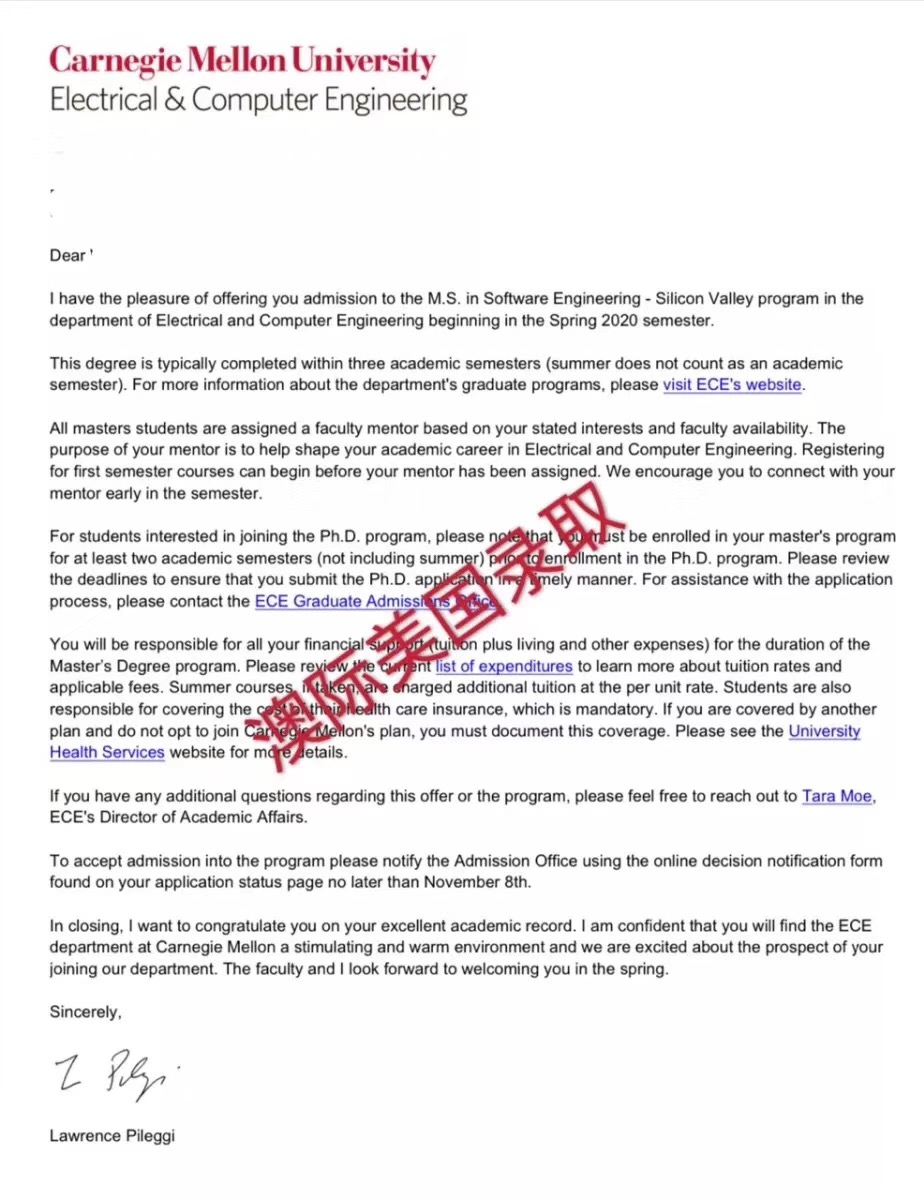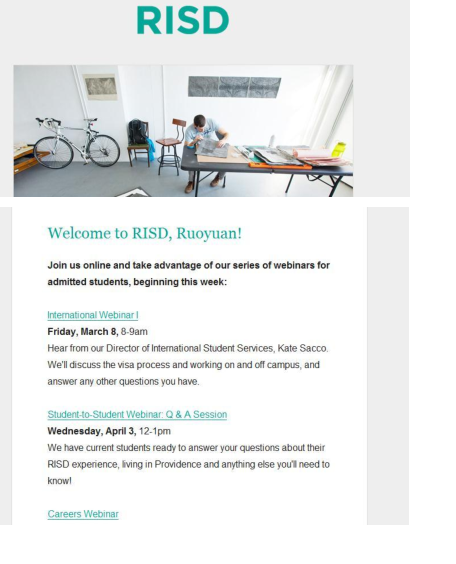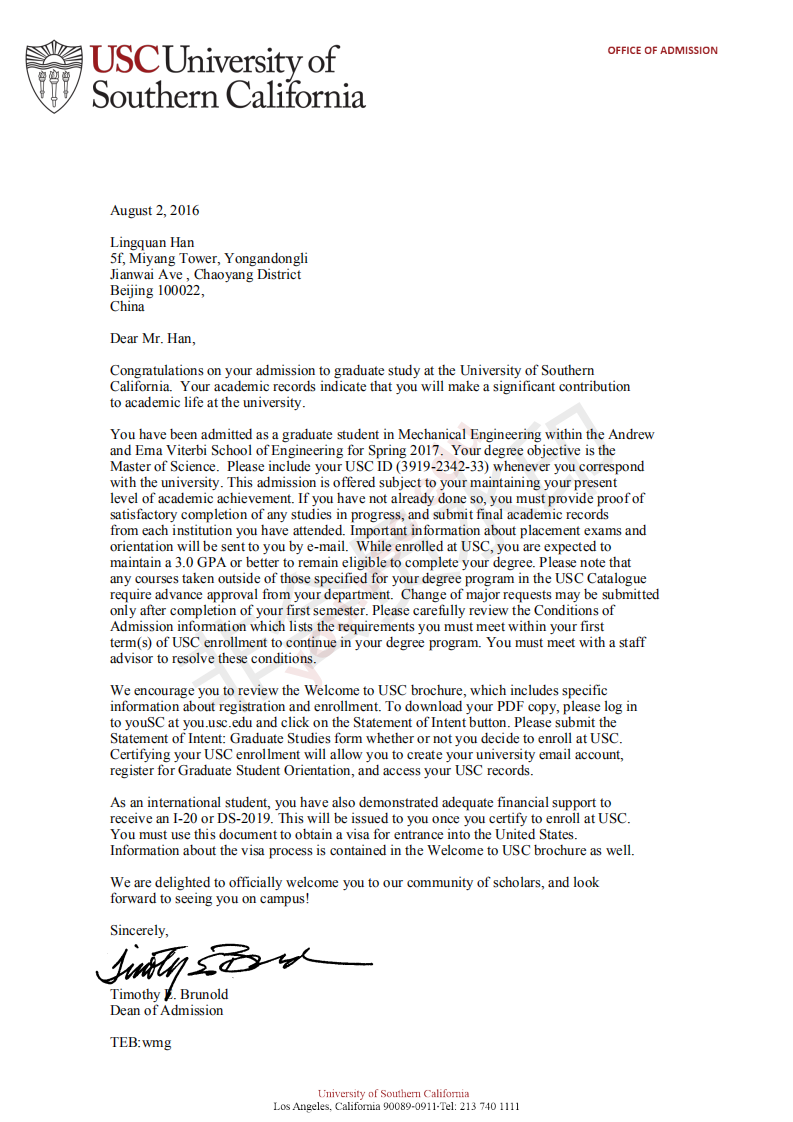美国留学申请文书—文科Research Proposal-美国留学申请
2019-06-18 543阅读
本文标题:美国留学申请文书——文科Research Proposal-美国留学申请,如今留学的人越来越多,不论高中生、大学生还是读研的学生,都想早日去留学接受好的教育,很多同学对美国留学,美国留学中介,美国留学,美国留学条件,美国留学网,美国留学申请的相关问题有所疑问,下面澳际小编整理了《美国留学申请文书——文科Research Proposal-美国留学申请》,欢迎阅读,如有疑问欢迎联系我们的在线老师,进行一对一答疑。

××××××
Proposed Topic/Title of Research
Oral Language Testing and the Cross-cultural Competence
Introduction and Literature Review
1. The characteristics of oral ability
Oral activities are interactive, purposeful, para-linguistic, non-linguistic, and inseparable of listening from speaking. Of these five characteristics, the interactive is of the most importance. Then the question is how to define oral ability from the point view of language testing. Weir and Bygate (1992-3:31-32) have proposed three skills consisting oral ability: routine skills, improvisation skills and micro-linguistic skills. Routine skills refer to skills to express greetings, introductions, thanks, apologies, regret, opinions, desires, etc; skills to narrate or describe events, objects, people, etc; skills to elicit directions, services, help, permission, etc. Improvisation skills refers to skills to clarify and check on specific meanings, to alter wording, to correct mistaken interpretation; to ensure adequate participation in the interaction, etc, Micro-linguistic skills refers to the phonetics, grammar, and vocabulary. A successful communication needs a good command of these three levels.
2. The development of oral English testing theory
The development of oral English testing theory bases on both theory and practice. In the middle of 1960s, Chomsky proposed the definition of Language Competence and Language Performance. The competence he proposed is not only the abstract competence. In other words, one cannot communicate with others with only abstract competence. From then on, the concept of language had been expanded. In 1972, a new theory of language and language use began to exert a significant influence on language teaching and potentiality on language testing. This is Hyme’s theory of communicative competence, which greatly expanded the understanding of language and the ability to use language in context. Besides Hyme(1972), Canale&Swain(1980) and Bachman(1990) have also made a great contribution to the development of the theory, which will be discussed in the next part.
The development of oral English testing experiences these stages: Pre-science testing system, structuralism testing system and communicative testing system. Direct, indirect and quasi-direct oral English tests are concrete applications of oral English testing theory.
Actually, the history of the oral English testing is not very long. Since 1940s, the assessment of oral ability has become a part of evaluation of language studies. Since then, more and more oral tests had been invented, for example, TSE (Test of Spoken English), TOEFL (iBT), IELTS (International English Language Testing System), CET-SET (College English Test-Spoken English Test, P.R.CHINA), and TEM-SET (Test for English Majors-Spoken English Test, PR.CHINA),etc.
3. The necessity of oral testing
Since D. H. Hymes (1972) first proposed communicative competence, many new ideas and thoughts appear. Bachman (1990) proposed communicative language ability which include language ability, strategic competence, psychophysiological mechanisms and pushed communicative competence to the summit. Reviewing the development of the idea of communicative competence, we can find that the ability to use language includes language competence and communicative competence. The former is the basis while the latter is the essential means of achieving communicative purposes. In view of this, language testing should test the two competences. However, in the tests dominated by objective items, it is impossible to measure communicative competence. It is true that if multiple-choice items, for instance, are designed carefully, they can examine specific areas of language knowledge, but this kind of examination is indirect since test takers’ responses to the task do not happen in real life and do not reflect their productive skills. The goal of learning language is to communicate through language, and communication, first of all, means oral communication. Therefore,language testing without speaking tests is not complete.
4. Marking methods in oral testing
As WEN Qiufang (1999) suggested, currently the main methods of assessing oral proficiency in the field of language testing are holistic marking and analytic marking, which have been discussed above at length. For example, in Test of Spoken English (TSE) developed by Educational Testing Service, the testees’ oral proficiency is marked in terms of analytic scale, while holistic scale is employed in speaking test of IELTS. In our country, the marking method adopted currently in CET Spoken English Test (CET-SET) is analytic marking.
In the process of holistic marking and analytic marking, it is still difficult to
guarantee the consistency between or within raters (ZHANG Wenzhong 2002). In order to ensure ‘intra-rater reliability’ and ‘inter-reliability’ (Bachman 1990) in scoring, test developers exert great concern on the selection and training of assessors. However, since the assessment on testees’ performance may be influenced by factors other than the oral proficiency presented, the two consistencies is still hard to achieve. For example, assessors may be instructed to rate responses only on oral production ability but nonetheless be unconsciously influenced by features such as the test takers’ accent as well as by the positions they take on the issue, which are known to influence scores assigned. Besides, usually a single score is arrived simply by aggregating the scores from different analytic rating scales, which violate a taboo that the whole is not equal to the sum of different parts as LI Xiaoju (1997) criticized the idea of confusing “compound”with “mixture”. Thus, as we see, there are still a lot of problems in marking oral proficiency by using analytic scale or holistic scale. Therefore, this dissertation attempts to propose a new marking method with an aim to solve some of these problems and provide an alternative to the current methods of marking oral proficiency.
5. Communicative competence and communicative language testing
Hymes(1970) saw that knowing a language is more than knowing its rules of grammar. There are culturally specific rules of use which connect the language used with features of the communicative context. His theory of communicative theory represented a profound shift from a psychological perspective on language to a sociological one.
The practical response of the development of communicative language testing was matched by continuing theoretical development of the idea of communicative competence and its implication for the performance requirement of communicative language testing.
In 1980, Canale and Swain have decided communicative competence into four main groups: Linguistic Competence, Sociolinguistic Competence, Discourse Competence, and Strategic Competence. In 1990, Bachman proposed his framework of Communicative Language Ability (CLA), which includes Language Competence, Strategic Competence, and Phsychophysilogical Mechanisms.
Bachman also deem that the content of communicative language test should be motivating, substantive, integrated and interactive. In my own view, communicative oral language testing should be authentic, functional, interactive, situational and comprehensive.
In communicative oral tests, there exist two major models: the two-way communicative model and the multi-way communicative model. The methods often used in communicative oral tests are role-play, interview, discussion, and so on.
6. Cross-cultural Competence and Cultural Competence
Hymes has included the cultural aspect in his definition of communication competence. After that, Bachman has also referred to the ability to interpret cultural references and figure of speeches in his own Communicative Language Ability (CLA).
Chinese scholar WEN Qiufang (1999) proposed the framework of cross-cultural communicative competence. In her opinion, the cross-cultural communicative competence is consisted of communicative competence and cross-cultural competence. She also divided the oral communicative ability into three parts: language form, language content, and communicative principle. In her definition of communicative principle, he has mentioned the non-cultural principle and cultural principle. I want to call it “discourse with politeness”.
If we want to evaluate a learner’s language ability, particularly his or her oral ability, it is not enough to only take the perspective of accuracy and fluency. We also need to examine his or her knowledge of target language culture, and his or her sensitivity to the difference between native culture and target culture.
After a generally literature review mentioned above, I deem that the following problems will appear, which will also be my research focus.
1) How to input the cultural components into the oral language testing?
2) Lots of oversea students with a high score in the language tests have difficulties in effecting a successful communication with local citizens. How can we do to solve this problem from the perspective of oral language testing?
The problem abovementioned has not been studied well in China, but it is necessary for us to know more about that.
Methodology
In order to know in what aspects of communicative language ability native speakers are most likely to differ particularly in cultural aspects. The present study will interview native speakers, which can be done through a condensed questionnaire. The sample should be chosen widely and unpredictably. Besides the interviewees will not only be native English speakers, but also native Chinese speakers. The data analysis will then begin. My intended questions in the questionnaire will cover the native speaker’s age, nationality, favorite, self-evaluation in the aspect of culture knowledge, degree of acceptance of foreigners, and the most intolerable culture mistakes made by foreigners in his idea. The last item is of the most importance. This survey might prove the significance of cultural components in cross-cultural communication. It can also do help to set a scientific cultural criterion for oral language testing, after which the testing itself can be more reliable and valid.
Then designing an oral language testing model including the assessment of cross-cultural competence is necessary. This task will first need a survey (or we can call it a comparison) on the present oral language testing. My research scope will cover TSE, TOEFL (iBT), IELTS, CET-SET, and TEM-SET. The latter two are national English tests in P.R.China. Meanwhile since Chinese has become more and more popular in the world, and perspective students to China will also need to take HSK (Hanyu Shuipin Kaoshi), therefore research of spoken test of HSK cannot be omitted. I deem that the objective of my survey is not just comparing, but to help design with the positive aspects of these tests.
When designing, the experiment of inputting the cultural competence of the target language is of great necessity. The assessment of cultural competence can be experimented through three main groups:
1) Discrete Question Group;
2) Input and Output Group;
3) Role-play Group.
The scoring scale of cultural ability can be defined in the testing as sensitivity to the general difference between native culture and target culture and a successful application of it to the real communication. Different levels of model tests will be designed, and the pre-testing candidates will also come from different levels. The data will be collected for future study and accomplish the dissertation.
Besides, the data concerning with students’ scores in their language testings should be collected for computer-analysis, which will be a scientific material for research.
At last, it is necessary to do a survey of those high score holders, of whom those with difficulties in communicating with local citizens is the focus. The survey will also be done though questionnaire. The question items for an interviewee can include: total score and discrete scores in his or her language test, age, self-evaluation, what aspects of difficulties, idea of local people, and the most obvious difficulties when expressing himself or herself.
Expected Results and Significance
The outcomes of my research may prove the significance of cultural competence. Besides, a reliable oral language testing is an essential part in language teaching, for there is a close relationship between language testing and language teaching. Arthus Hughes defined this relationship as partnership. Heaton (1988:89) also holds that assessment of oral ability will do a very good washback on the teaching.
The oral language testing including the assessment of cross-cultural community will realize the function of test. It will force teachers to instruct cultural awareness more consciously, stimulate students’ motivation, and to improve students’ integrated skills. After taking this kind of oral language testing, students will adjust themselves better to the local community, and to communicate with local students and citizens.
At the same time, for my research will include different surveys and the comparison of several tests, it will give advice for the authorities of these tests. The authority maybe will make the test more scientific and more valid. The student will also find a suitable test for himself.
Besides, the survey of HSK in my intended research will help the local scholar know more about Chinese testing system, which will also promote the cross-cultural communication.
References:
[1] Canale, M. and M. Swain Theoretical bases of communicative approaches to second language teaching and testing[j]. Applied Linguistics, 1980:1-47.
[2] Heaton, J. B. Writing English Tests (2nd Ed.) New York: London, 1988.
[3] Hughes. A. Testing for Language Teachers Cambridge: Cambridge University Press, 1989.
[4] Hymes, D. On Communicative Competence [A]. Pride J. B. and Holmes J. (Eds.) Sociolinguistics: Selected Readings [C]. Harmondsworth: Penguin, 1972: 269-293.
[5] Lado, R. Linguistics across Cultures: Applied Linguistics for Language Teachers Ann Arbor: University of Michigan Press, 1957.
[6] Weir, C. J. & Bygate, M. Meeting the Criteria of Communicativeness in a Spoken Language Test. Journal of English and Foreign Language, No10-11, Central Institute of English and Foreign Languages, Hyderabad, India. 1992: 27-43.
[7] Bachman, L. F. Fundamental Considerations on Language Testing. U.K: Oxford University Press. 1990
[8] Bachman, L. F. & Palmer, A. S. Language Testing in Practice U.K: Oxford University Press. 1996
大多数用户曾经通过:美国留学,美国留学中介,美国留学,美国留学条件,美国留学网,美国留学申请搜索到本页,美国留学申请文书——文科Research Proposal-美国留学申请内容来自互联网不代表本网观点,如果本网转载的稿件涉及您的版权请发邮件至liyanjun@aoji.cn,我们将第一时间本网将依照国家相关法律法规尽快妥善处理
留学咨询
更多出国留学最新动态,敬请关注澳际教育手机端网站,并可拨打咨询热线:400-601-0022
留学热搜
相关推荐
- 专家推荐
- 成功案例
- 博文推荐

Copyright 2000 - 2020 北京澳际教育咨询有限公司
www.aoji.cn All Rights Reserved | 京ICP证050284号
总部地址:北京市东城区 灯市口大街33号 国中商业大厦2-3层









高国强 向我咨询
行业年龄 13年
成功案例 3471人
留学关乎到一个家庭的期望以及一个学生的未来,作为一名留学规划导师,我一直坚信最基本且最重要的品质是认真负责的态度。基于对学生和家长认真负责的原则,结合丰富的申请经验,更有效地帮助学生清晰未来发展方向,顺利进入理想院校。
陈瑶A 向我咨询
行业年龄 17年
成功案例 5146人
拥有大量高端成功案例。为美国哈佛大学、宾夕法尼亚大学等世界一流名校输送大批优秀人才。
齐亚楠 向我咨询
行业年龄 15年
成功案例 4070人
商科案例有哥伦比亚大学等,工科案例有麻省理工大学等,艺术案例有罗德岛大学等。
李君君 向我咨询
行业年龄 15年
成功案例 4157人
成功案例涉及美国排名前60的院校,专业涵盖商科(金融,会计,管理),工科(生物工程,化学工程,计算机科学,电气工程)等热门领域。